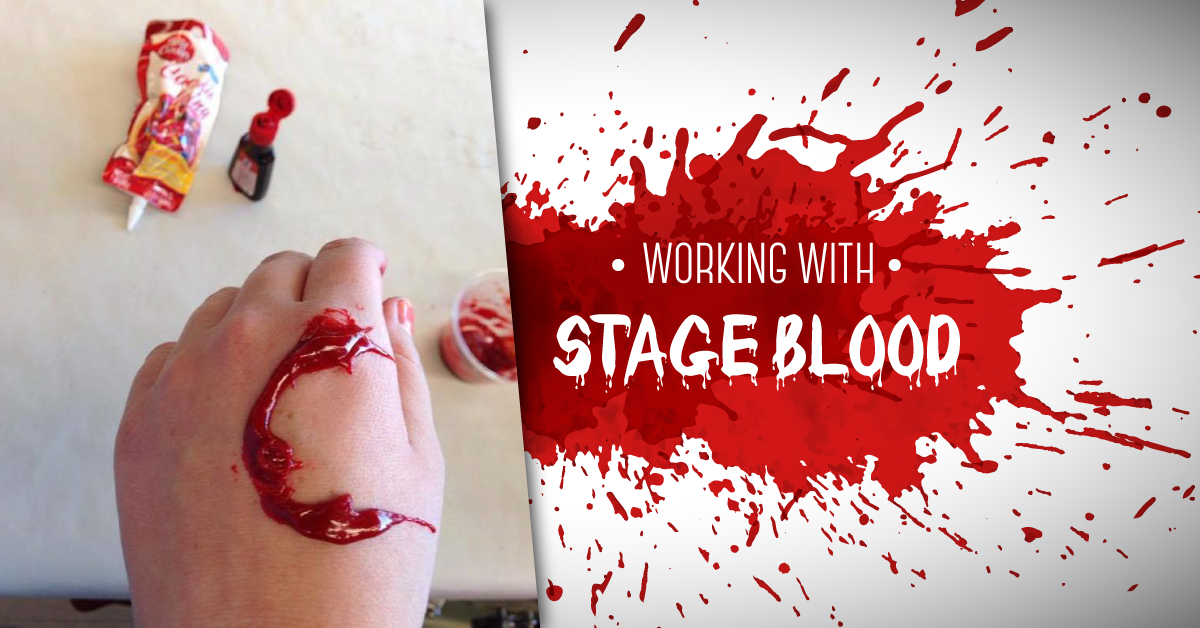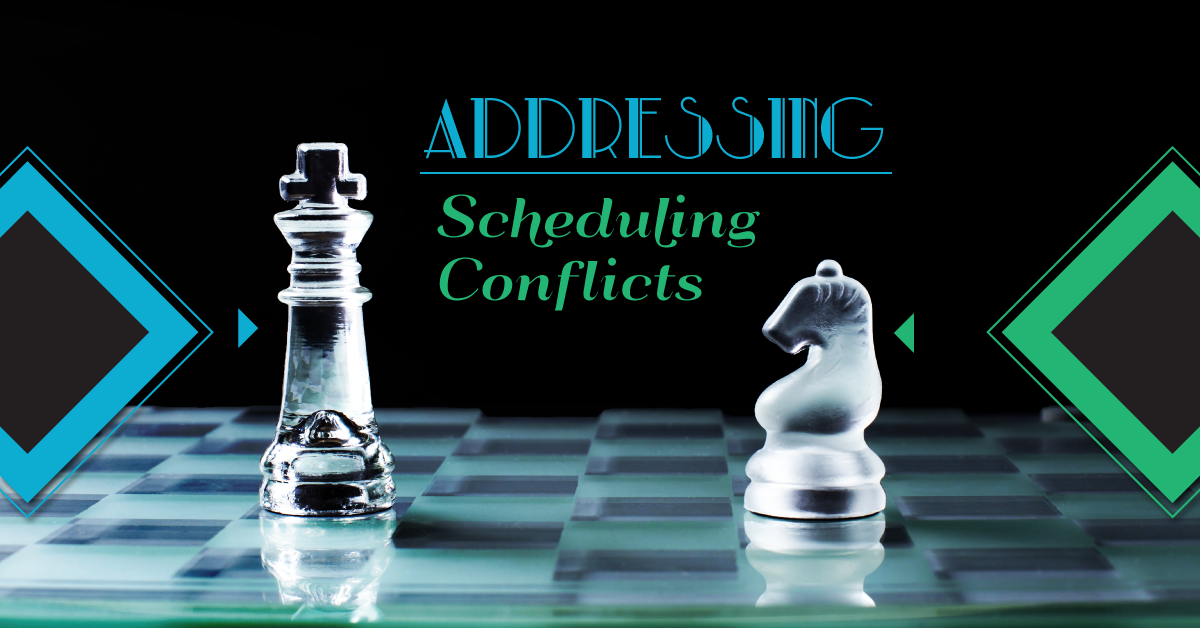Working With Stage Blood
From Shakespearean tragedies to zombie thrillers, stage blood can be an exciting addition to a show–it adds a sinister realism to dramatic moments, and really makes the audience gasp with surprise when they aren’t expecting to see it. However, using stage blood can be challenging, no matter how experienced your cast and crewmembers are. Here are five tips to consider if you are thinking about using stage blood in a show.
1. Seek guidance from a trained fight director.
I strongly advise seeking assistance from a trained fight director before using stage blood in a show. He or she will be able to assist with determining how much stage blood is needed, acquiring the stage blood (and help you to get a good quality product), and advising how to use it safely. They can also help you obtain the accessories needed to use the blood (squibs, blood packs, syringes, etc.) and train you and your students on how to properly handle it. They can also choreograph the scene where the blood is used to make it look exactly the way you want it, but keeping the students safe at all times.
2. Test out your recipes.
Recipes for fake blood are easy enough to find but they vary in quality. Some recipes make blood that is thin and watery, thick and gloppy, or even lumpy and gross. Some recipes claim to be easy to wash out and/or edible, but there are no guarantees! If you do end up making stage blood from a recipe, always do a test run of the blood on a garment that is a similar material to what your actors will be wearing (but that can be sacrificed in case the recipe doesn’t work).
3. Don’t swallow it!
Many varieties of stage blood are not edible. On top of that, some are made with glycerin or soap-like products, which are great for removing stains, but will cause upset stomachs if swallowed. If an actor must have stage blood in their mouth or swallow it, you must ensure that it is food-safe. As well, ensure that the actors working with the stage blood do not have any allergies or skin sensitivities that would worsen by coming into contact with the stage blood.
4. Consider the technicalities of using stage blood.
This is the most obvious point, but know that you (or your costume team) will be doing mountains of laundry. Even the best quality stage blood will stain if it isn’t washed immediately after the performance. Unless you’re willing to do all the laundry yourself, you will want to assign a laundry crew who is responsible for washing all the items in between shows and bringing them back promptly for the next show. Perhaps family members of the students involved may be willing to sign up for a rotational laundry schedule. You may want to have a bucket of soapy water backstage (in a safe place, where it won’t get accidentally knocked over) so bloody costumes can immediately be removed after the scene and soaked until they can be taken away and washed. If you have two-show days, you will have to do laundry in between shows, or have a second set of costumes available. Ensure the costumes that will get the bloodiest are the most washable and durable you have. Be wary of clothing with lots of beading or lace–those items will be incredibly difficult to wash.
Don’t presume that just because an actor doesn’t work directly with stage blood that they won’t get blood on them too. They may have to lift, dance with, or be in close proximity to those actors who are bloody. Backstage crew members aren’t safe either–stage blood has a way of getting everywhere.
Think about the colour of the costumes that your actors are wearing. If an actor is wearing black, is there any point for them to get bloody when the redness of the blood won’t be visible? In that case, a water pack could be substituted, to show the wetness of the “blood” without the sticky mess.
On top of the piles of laundry, your actors will need to ensure they have undergarments that they are willing to get bloody as well. Stage blood will soak through the costume and get blood on actors’ undergarments and skin, which can stain. Actors and props team members who are handling the stage blood will need to wash themselves and any personal items quickly, thoroughly, and frequently to avoid looking like a tomato.
Stage blood can also be a hazard onstage, especially if it lands on the floor. You’ll end up with a slippery, sticky mess that will get tracked everywhere if and when actors cross the stage and step in spilled stage blood (not to mention trailing hems of long skirts, which will become wet, sticky, and heavy as well). Your stage crew will need to mop the stage thoroughly and immediately after each show, and depending on the extensiveness of the blood in the show and when it occurs, you may need to mop in between scenes. If that is the case, your team will have to work very quickly to ensure that the transition is not too long, and your actors will have to be doubly careful not to slip on the newly clean but still wet stage.
5. Consult your actors before using stage blood.
Even though it’s fake, using stage blood can evoke some deep-seated fears and stress from your actors. Speaking from experience, I was really scared the first time I used stage blood in a performance. It can be frightening for the other actors in the scene as well, even if they aren’t the ones getting bloody. Humans have a visceral fearful reaction when they see blood, and it can bring out feelings that your students weren’t expecting. If your students express discomfort with using stage blood, see if there is an alternative–or remove it from your production altogether.
Kerry Hishon is a director, actor, writer, and stage combatant from London, Ontario, Canada. View her blog at www.kerryhishon.com.
Related Articles
The Drama Classroom Companion
by Lindsay Price & Kerry Hishon
The Drama Classroom Companion is filled with articles and exercises to build the skills needed for theatrical performance as well as real world skills like creative thinking, critical thinking, collaboration, and communication.
The Rehearsal Companion
by Kerry Hishon
You’ve chosen the play, paid the royalties, done the script analysis, held your auditions, and cast the show. Tomorrow is the first rehearsal. Are you ready? Really ready? The Rehearsal Companion can help!





